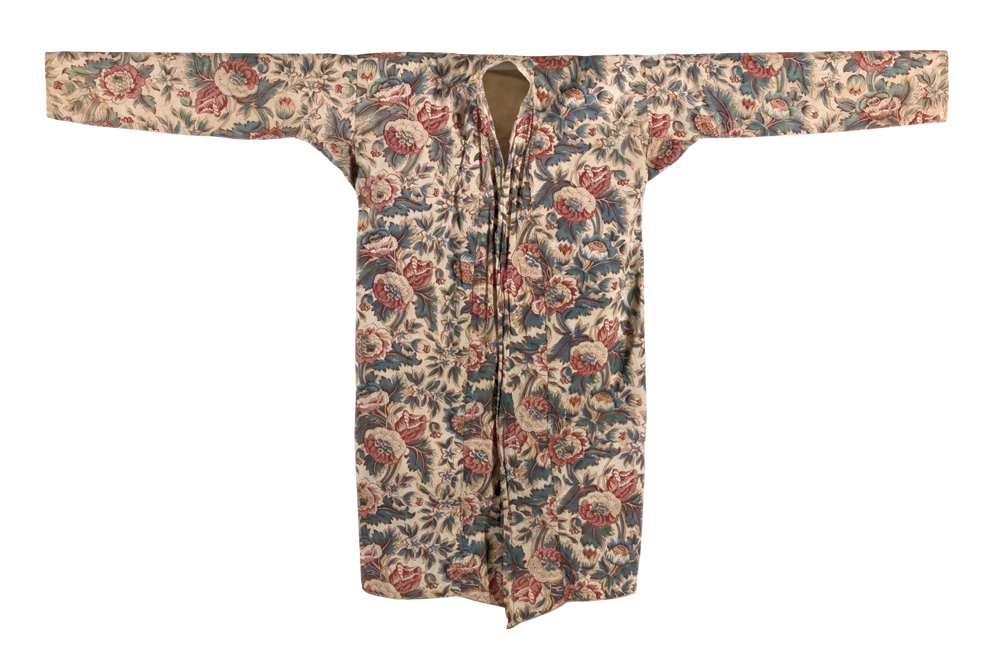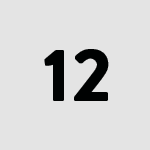Stop 11 - Trade Textiles
Sometimes the most important objects which tell us about trade across the Indian Ocean rarely survive. Cloth is one of these. Making cloth to sell overseas has been at the heart of the Indian Ocean economy for a very long time. But cloth rots, burns, it's eaten by moths, which means very very little of it ever survives. The few pieces which do survive from the past just give us a hint of what must have been an extensive trade. If you look closely at the red silk cloths, try to see if you can see the letters VOC. These are not the mark of the Indian makers, but they're actually the mark of the Dutch traders who bought this cloth in India to sell it in Indonesia, stamping it with the initials of the Dutch East India Company to show that it was they who actually brought this cloth to sell. Weavers in India and Pakistan had been making cloth to sell to overseas markets long before the arrival of the Dutch and other Europeans in the 17th and 18th century. They still do, often making particular textiles for a particular market. The brightly coloured cloth is something we call kanga – Indian cloth made specifically to sell in either Kenya or Tanzania. It's covered with local proverbs written in the Swahili language. And these are still made today in South Asia. These particular examples were actually purchased in a market in Oman only two years ago.

- Next Stop
-

Stop 12 - Gravestone
next